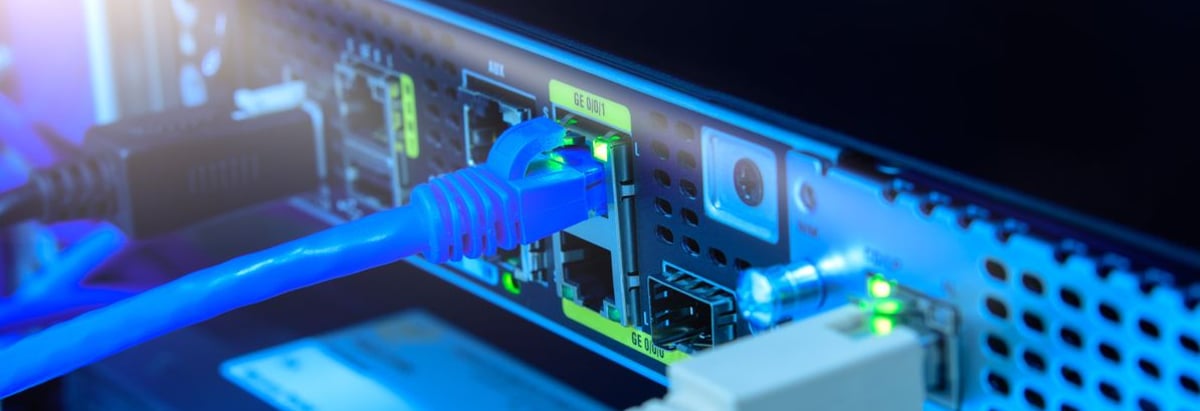
David Iben put it well when he said, 'Volatility is not a risk we care about. What we care about is avoiding the permanent loss of capital.' So it might be obvious that you need to consider debt, when you think about how risky any given stock is, because too much debt can sink a company. As with many other companies Hengtong Optic-Electric Co., Ltd. (SHSE:600487) makes use of debt. But is this debt a concern to shareholders?
When Is Debt A Problem?
Generally speaking, debt only becomes a real problem when a company can't easily pay it off, either by raising capital or with its own cash flow. In the worst case scenario, a company can go bankrupt if it cannot pay its creditors. However, a more common (but still painful) scenario is that it has to raise new equity capital at a low price, thus permanently diluting shareholders. Of course, plenty of companies use debt to fund growth, without any negative consequences. When we think about a company's use of debt, we first look at cash and debt together.
View our latest analysis for Hengtong Optic-Electric
What Is Hengtong Optic-Electric's Net Debt?
You can click the graphic below for the historical numbers, but it shows that as of March 2024 Hengtong Optic-Electric had CN¥16.4b of debt, an increase on CN¥13.3b, over one year. On the flip side, it has CN¥10.3b in cash leading to net debt of about CN¥6.06b.

A Look At Hengtong Optic-Electric's Liabilities
According to the last reported balance sheet, Hengtong Optic-Electric had liabilities of CN¥27.7b due within 12 months, and liabilities of CN¥6.84b due beyond 12 months. Offsetting these obligations, it had cash of CN¥10.3b as well as receivables valued at CN¥21.8b due within 12 months. So it has liabilities totalling CN¥2.49b more than its cash and near-term receivables, combined.
Since publicly traded Hengtong Optic-Electric shares are worth a total of CN¥35.6b, it seems unlikely that this level of liabilities would be a major threat. But there are sufficient liabilities that we would certainly recommend shareholders continue to monitor the balance sheet, going forward.
In order to size up a company's debt relative to its earnings, we calculate its net debt divided by its earnings before interest, tax, depreciation, and amortization (EBITDA) and its earnings before interest and tax (EBIT) divided by its interest expense (its interest cover). This way, we consider both the absolute quantum of the debt, as well as the interest rates paid on it.
With net debt sitting at just 1.5 times EBITDA, Hengtong Optic-Electric is arguably pretty conservatively geared. And it boasts interest cover of 7.9 times, which is more than adequate. In addition to that, we're happy to report that Hengtong Optic-Electric has boosted its EBIT by 36%, thus reducing the spectre of future debt repayments. When analysing debt levels, the balance sheet is the obvious place to start. But it is future earnings, more than anything, that will determine Hengtong Optic-Electric's ability to maintain a healthy balance sheet going forward. So if you want to see what the professionals think, you might find this free report on analyst profit forecasts to be interesting.
Finally, while the tax-man may adore accounting profits, lenders only accept cold hard cash. So it's worth checking how much of that EBIT is backed by free cash flow. During the last three years, Hengtong Optic-Electric burned a lot of cash. While that may be a result of expenditure for growth, it does make the debt far more risky.
Our View
Hengtong Optic-Electric's conversion of EBIT to free cash flow was a real negative on this analysis, although the other factors we considered were considerably better. There's no doubt that its ability to to grow its EBIT is pretty flash. When we consider all the elements mentioned above, it seems to us that Hengtong Optic-Electric is managing its debt quite well. Having said that, the load is sufficiently heavy that we would recommend any shareholders keep a close eye on it. When analysing debt levels, the balance sheet is the obvious place to start. But ultimately, every company can contain risks that exist outside of the balance sheet. We've identified 1 warning sign with Hengtong Optic-Electric , and understanding them should be part of your investment process.
If you're interested in investing in businesses that can grow profits without the burden of debt, then check out this free list of growing businesses that have net cash on the balance sheet.
Valuation is complex, but we're here to simplify it.
Discover if Hengtong Optic-Electric might be undervalued or overvalued with our detailed analysis, featuring fair value estimates, potential risks, dividends, insider trades, and its financial condition.
Access Free AnalysisHave feedback on this article? Concerned about the content? Get in touch with us directly. Alternatively, email editorial-team (at) simplywallst.com.
This article by Simply Wall St is general in nature. We provide commentary based on historical data and analyst forecasts only using an unbiased methodology and our articles are not intended to be financial advice. It does not constitute a recommendation to buy or sell any stock, and does not take account of your objectives, or your financial situation. We aim to bring you long-term focused analysis driven by fundamental data. Note that our analysis may not factor in the latest price-sensitive company announcements or qualitative material. Simply Wall St has no position in any stocks mentioned.
About SHSE:600487
Hengtong Optic-Electric
Operates in fiber optic communications industry in China and internationally.
Flawless balance sheet, undervalued and pays a dividend.
Similar Companies
Market Insights
Community Narratives



